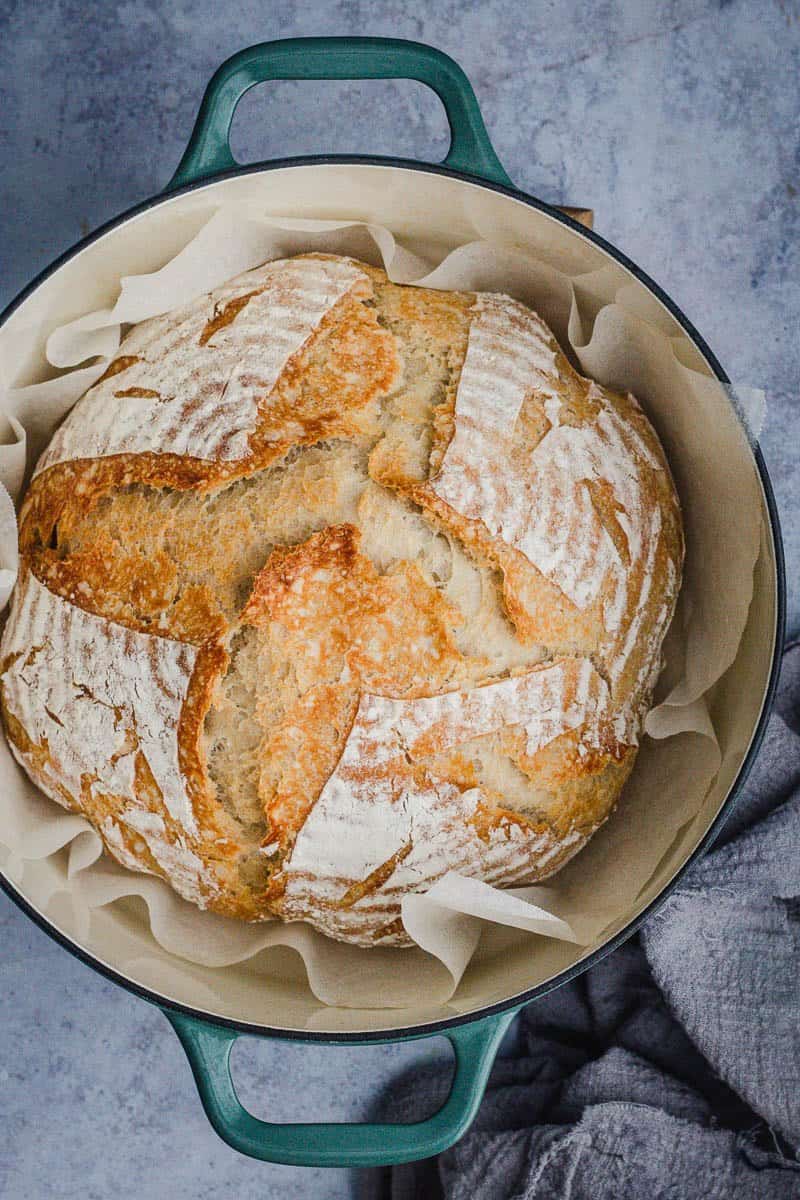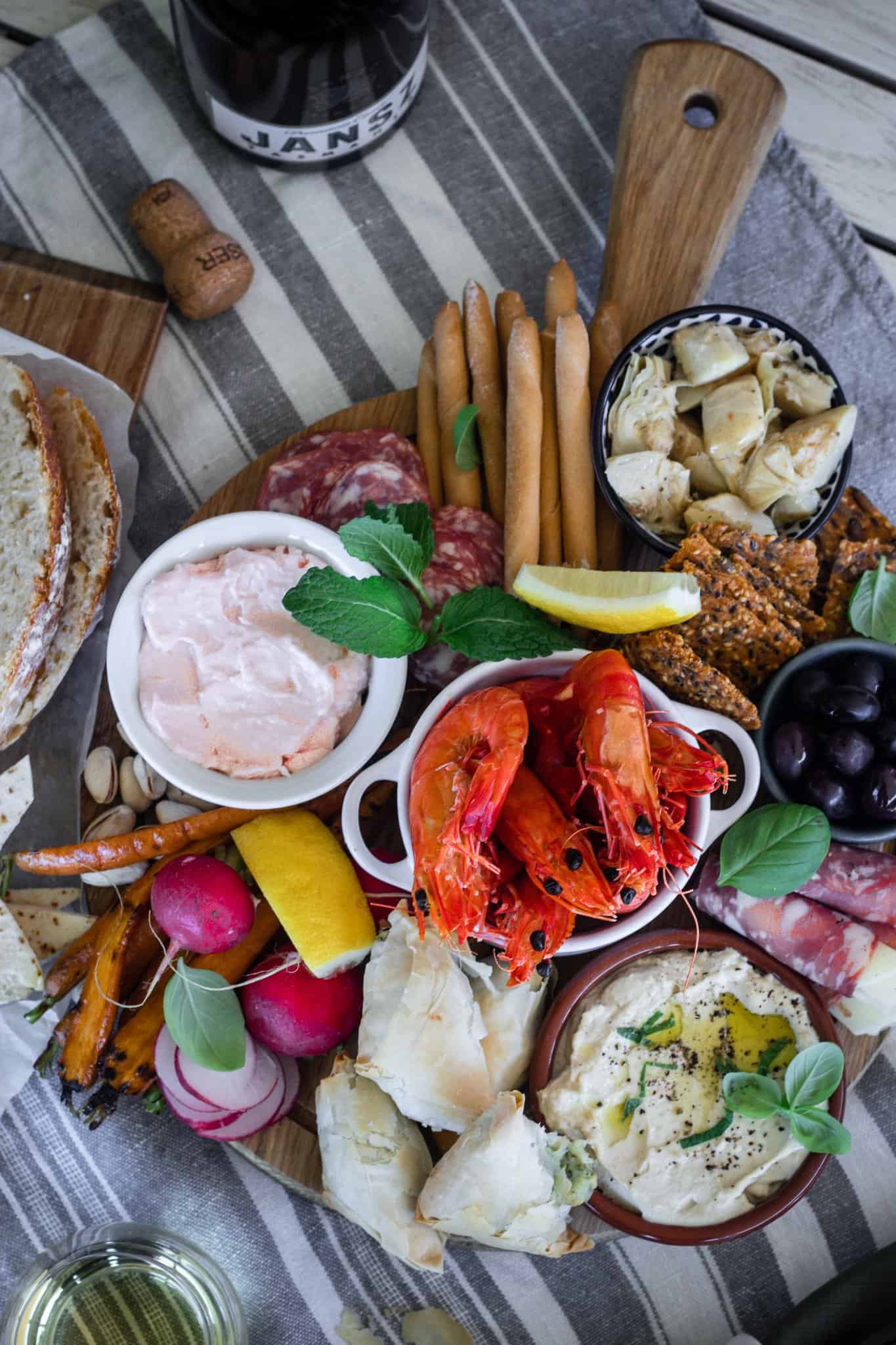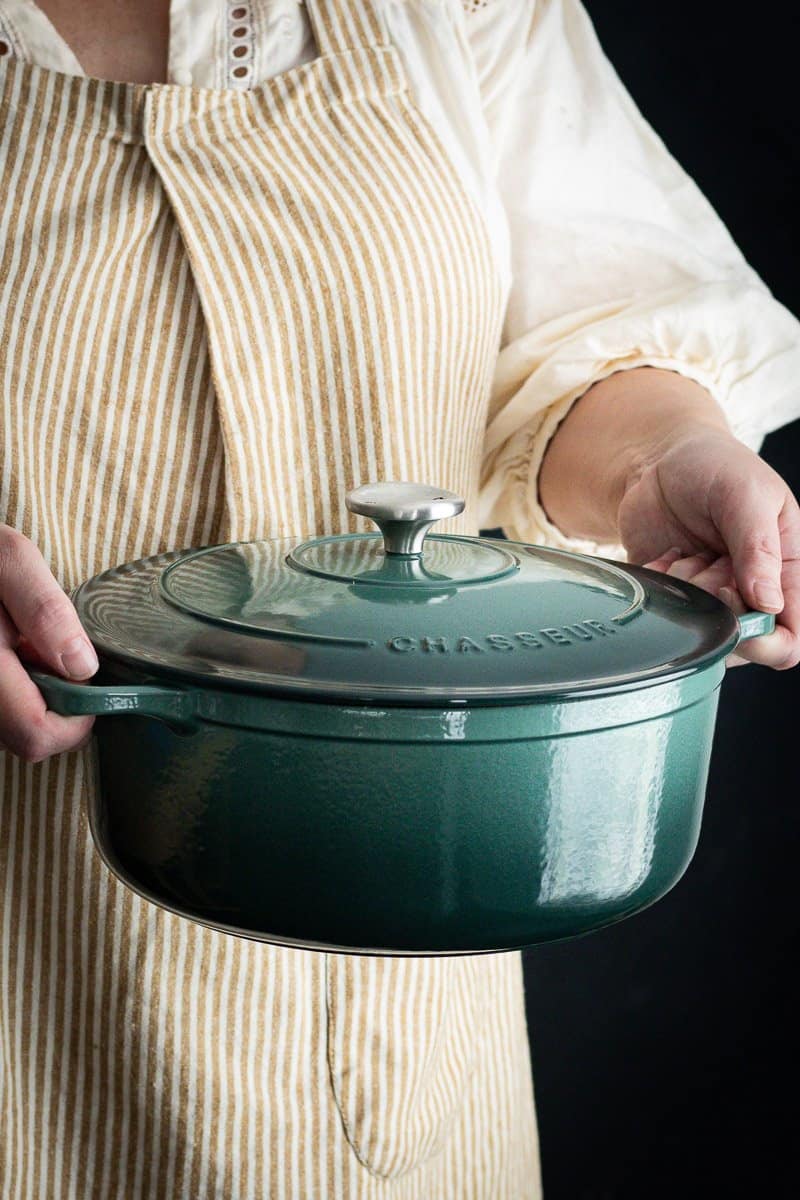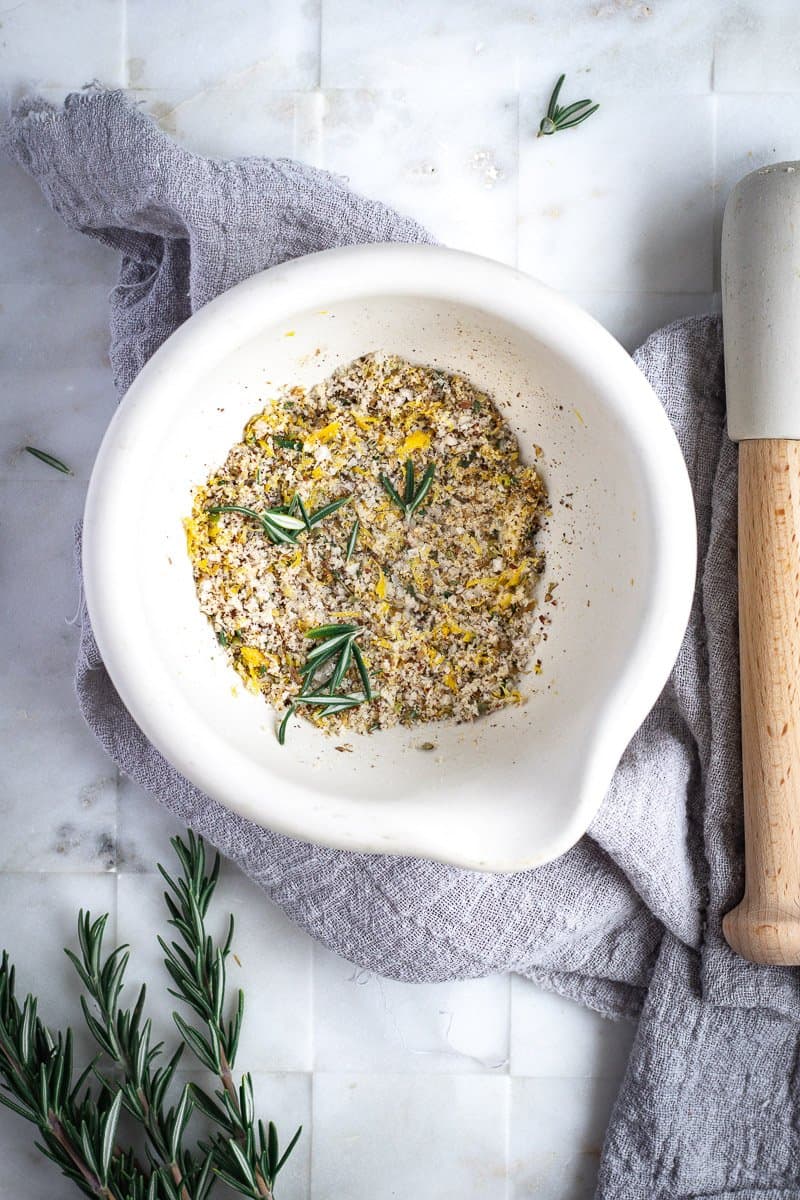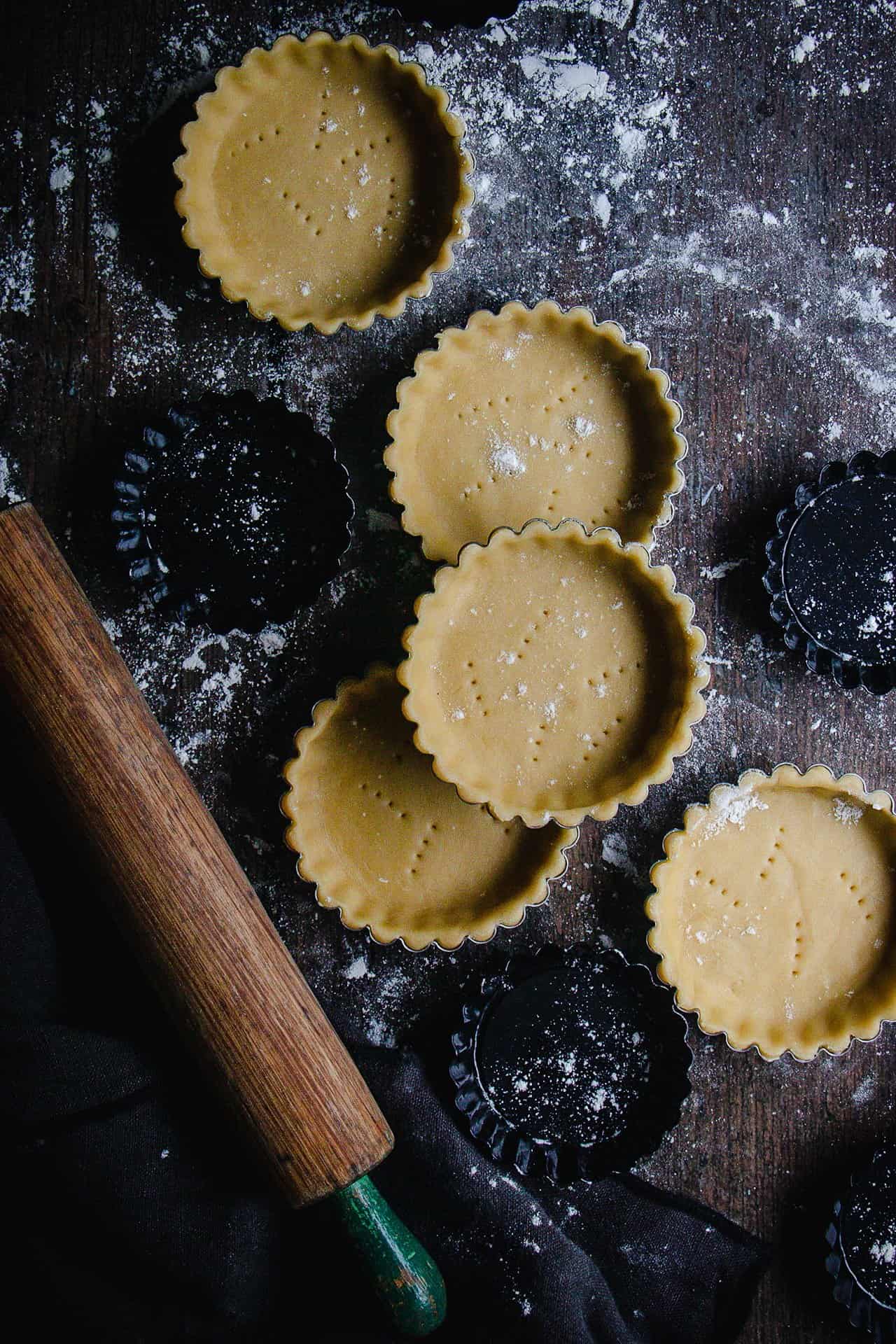What Are Beef Cheeks? (And How To Cook Them!)
Do you have a favorite cut of beef? As a slow cook, I love those slow cooking cuts of beef. They’re my jam. From a hearty stew to soups, and casseroles, these hard-working muscles of the animal really come into their own once they’ve been braised and cooked at a low temperature in a Dutch oven for a few hours. But in the end, you’ll be rewarded for your patience with fall-apart tender meat with a ton of flavor. It’s all about low and slow (and its melt-in-your-mouth texture) when it comes to cooking beef cheeks (or ox cheeks). So here is a little rundown of what are beef cheeks, and how to cook them!
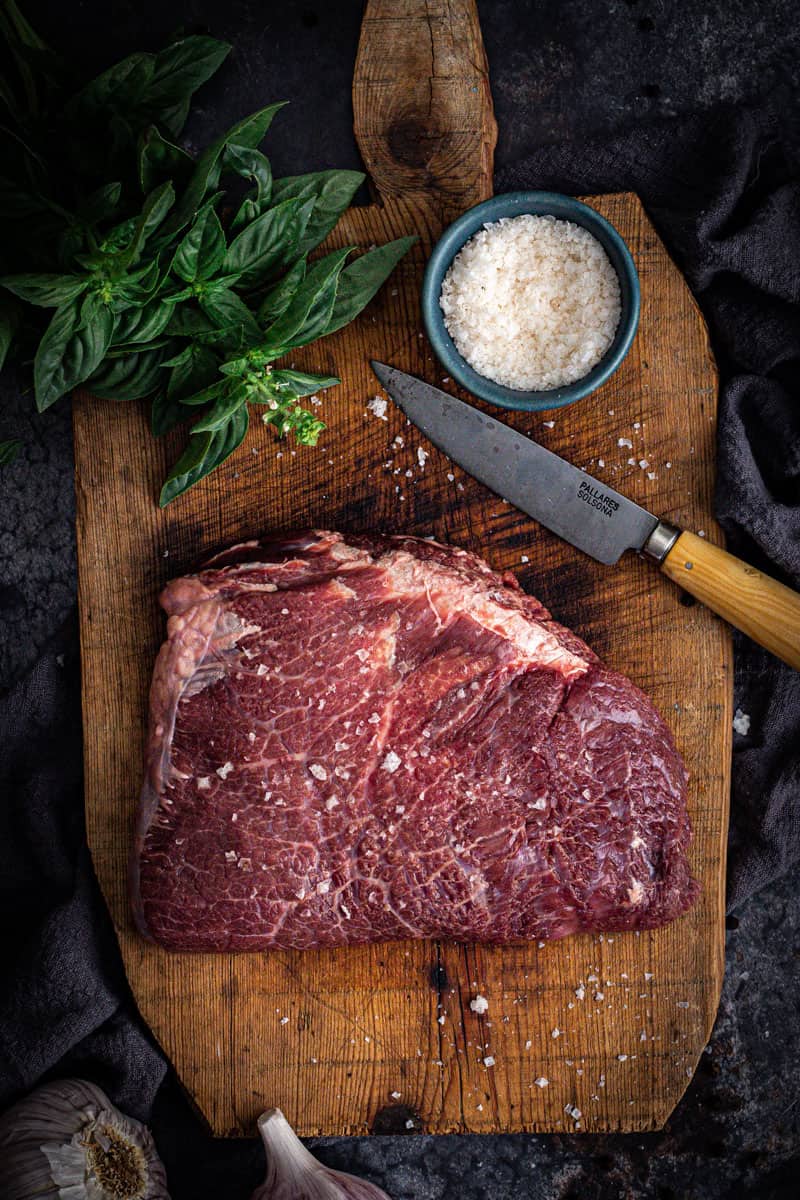
What are beef cheeks?
Beef cheek meat is exactly as it sounds, the dense muscle of a cow’s cheek. It’s a very tough type of meat due to the amount of connective tissue in it. However, with the right cooking method, the tissue is broken down to reveal its pull apart, perfect texture, and rich flavor. While it’s a relatively inexpensive cut of meat in comparison to fast-cooking steak cuts, over the last few years it’s become quite popular with professional chefs and home cooks alike and is classed as a specialty cut of meat.
To get tender beef cheeks, they need to braise in either beef stock or another cooking liquid at low heat in a casserole dish for a couple of hours. This is how I think about it… our cheeks are exercised continuously every day, whether it be from eating or facial expressions. The more that a part of the animal is exercised, the longer the cooking process is to get tender, edible meat. Some of the most popular slow-cook beef cuts are chuck steak, shin, brisket, and silverside.
Where do I buy beef cheeks from?
Here’s the good news! A couple of years ago, beef cheeks were a restaurant-only cut of meat. Unless you knew your butcher shop really well, or bought in bulk they were relatively hard to come across. I now find that most supermarkets stock beef cheeks on the shelves and they are readily available.
Here’s how to prepare and cook beef cheeks in a cast iron pot
- Firstly, remove any excess fat or sinew – that thin, silver skin that hugs some cuts of meat. This is where a boning knife comes in handy. If you don’t have one just, use a small sharp knife like a utility knife. Run your knife gently under it and remove the sinew. When buying a budget cut of meat, I generally find you should give it a quick check and remove any excess fat or sinew. While fat can contribute to the overall flavor and outcome of a dish, sinew does not. It just becomes chewy and tough.
- In a large cast-iron casserole, add a little olive oil, and sear your meat in batches on medium-high heat to render any fat and seal in the flavor. Then set aside.
- Add your onions or leeks and saute on low heat until translucent
- Pop the seared beef cheek meat back into the casserole. Add the braising liquid – beef broth, tomato passata, or wine are a few of my go-to’s
- Add the flavor. This could be ingredients like bay leaves, black garlic, porcini powder, tomato paste, or Worcestershire sauce just to name a few.
- Bring to a simmer on top of the stove, then pop the casserole pot into a preheated oven and bake until tender. Most of my beef cheek recipes have a cooking time of approximately 3-4 hours at an oven temperature of 150 degrees C, however, this largely depends on the size of the beef cheeks.
- Season with sea salt and black pepper. Serve with your favorite side dish.
Cooking in a French oven (enameled cast iron)? Read this first!
Most cream enamel on good quality cast iron is a low-heat cooking surface. It also needs to have its base well-basted whether that be with oil, butter, water, stock, or other liquid. If you don’t you risk giving the pan “thermal shock”.
To cook beef cheeks in a French oven, firstly, ensure there is oil to baste the bottom of the pan. Allow the pan to heat up on low heat for a couple of minutes instead of blasting the pot with high heat. Cast iron retains heat better than any other cooking vessel. By heating it up, you will get the same result without destroying your cookware.
Do I have to use a French / Dutch oven?
Definitely not. Any cooking vessel that allows you to slow-cook a piece of meat in the braising liquid for a few hours will do the trick. A slow cooker, pressure cooker, clay casserole, and Instant Pot are all great options. But as you know I’m a huge fan of cast iron, so I’m always going to say that a large cast iron casserole dish is always going to give you the best results. For me, cast iron cooking is the ONLY way to slow-cook meat. The way it cooks the meat while keeping it oh-so tender, and reduces the cooking liquid into silky sauces is the stuff of magic.
Looking for a delicious beef cheeks recipe? Here are a few to try…
x


